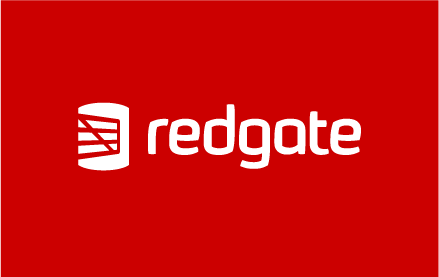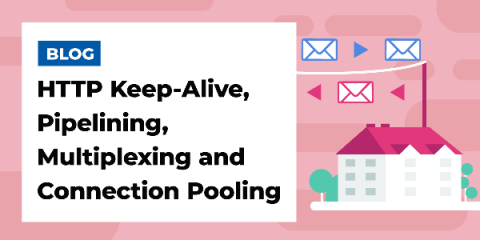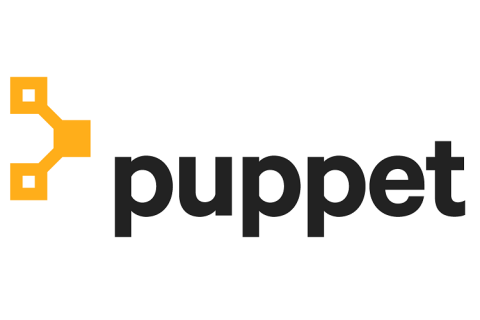Response: Werner Vogels' Roadmap for the Future
On the third week of re:Invent, our Werner gave to us: three french hens important architectural insights. Let's take a look at each of these insights and how it will shape our future in application architecture and development!











